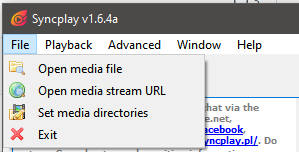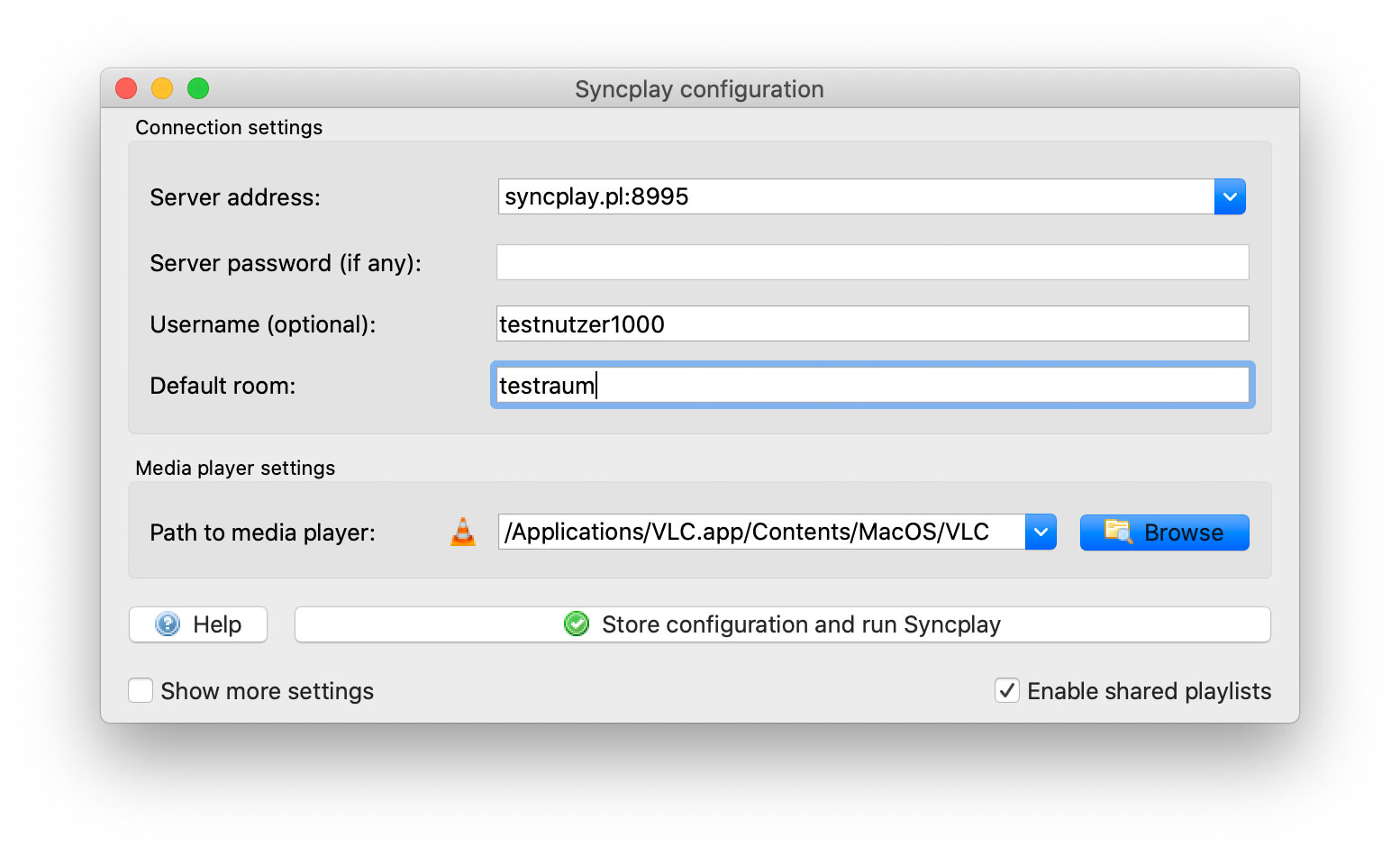

Miro onboards remote employees in cohorts to help build strong relationships.

Create group experiences where everyone can support each other. David Burkus suggests considering different time zones and contexts, so everyone has a few convenient meetings and a few late nights or early mornings.īuild cohorts: Being part of a group makes it easier to go through experiences such as onboarding.

According to professors Martine Hass and Mark Mortensen, sharing the pain is the secret sauce for high-performing virtual teams. Share the pain: Nothing makes a team stronger than dealing with hardship together. Use these 36 questions that turn strangers into friends. This activity not only helps discover surprising facts about your colleagues, but also develops vulnerability and empathy.Īsk personal questions: What is your most treasured memory? Given the choice of anyone in the world, whom would you want as a dinner guest? What do you value most in a friendship? Personal, open questions create strong bonding, uncovering surprising insights about your colleagues. Each team member must tell three things about themselves – two are real, but one is not. Two truths and a lie: This popular game has become a go-to play for many remote teams to get to know members better. Start recurring meetings with a quick question or activities to get to know each other better, especially people with whom you don't usually interact with. Rituals to Get to Know Your Remote Team Members In this piece, I will share virtual team rituals to:Ģ.Ĝelebrate Culture, People, and Projectsĥ. They can help create the emotional connection that's missing in a remote environment or improve the way the team works. Remote team rituals can occur in real-time or be asynchronous – people can participate simultaneously or at a different time.
Syncplay trust how to#
However, the when and how to use team rituals is slightly different. Rituals play a symbolic, transformational roleĪlthough distributed teams have challenges of their own, the approach to designing virtual rituals is the same. Rituals occur with a particular frequencyĥ. Rituals have a clear flow: beginning, middle, and endĤ. Rituals require a trigger to get startedĢ. Team rituals are unique to each company or team culture – they won't make sense to you if you aren’t part of it.įive characteristics define a team ritual, as I explained in this article about how to design successful team rituals:ġ. Through repetition, they help reinforce positive behaviors and emotions. Rituals are symbolic shared experiences that strengthen bonding, morale, culture, communication, and a sense of belonging. Before sharing the examples, let's clarify what we really mean by a team ritual. Many people have asked me to put together a list of simple rituals that teams can experiment with. In the past year, we've been applying our team ritual design expertise to help remote teams create their own. Our work on workplace culture has always leveraged the power of team rituals to drive change. You probably miss that experience, too: the casual interactions, daily routines, being able to read the room, and the feeling of belonging. Working from home feels strange people miss connecting with their colleagues and feeling part of a team. That's the crucial difference between an event such as a happy hour and a team ritual. While team rituals can be fun, their purpose is to change behavior, not just bring joy. Most people confuse having fun as a team with a ritual. What Are Rituals and Why Do They Matter for Virtual Teams?

Keep reading for top tips and ideas from various companies using virtual rituals to build strong remote teams. Team rituals are not the cure to all problems related to remote work, but they can bring back connectedness and belonging. Working from home has disrupted people's routines, adding endless meetings, digital miscommunication, and isolation to an already busy life. Virtual meetings have taken the magic away from their teams. Keeping culture alive while working from home has been challenging for most leaders. Rituals are an effective way to build a remote team culture.


 0 kommentar(er)
0 kommentar(er)
